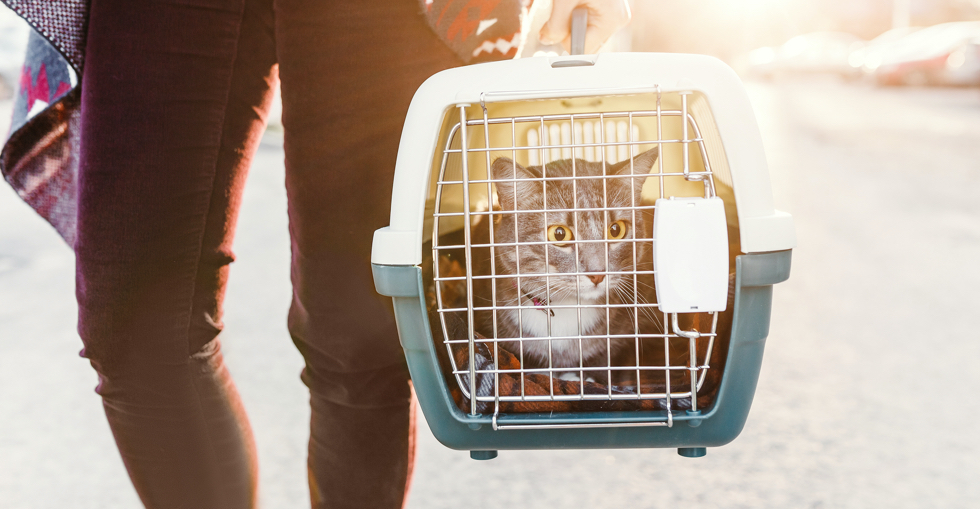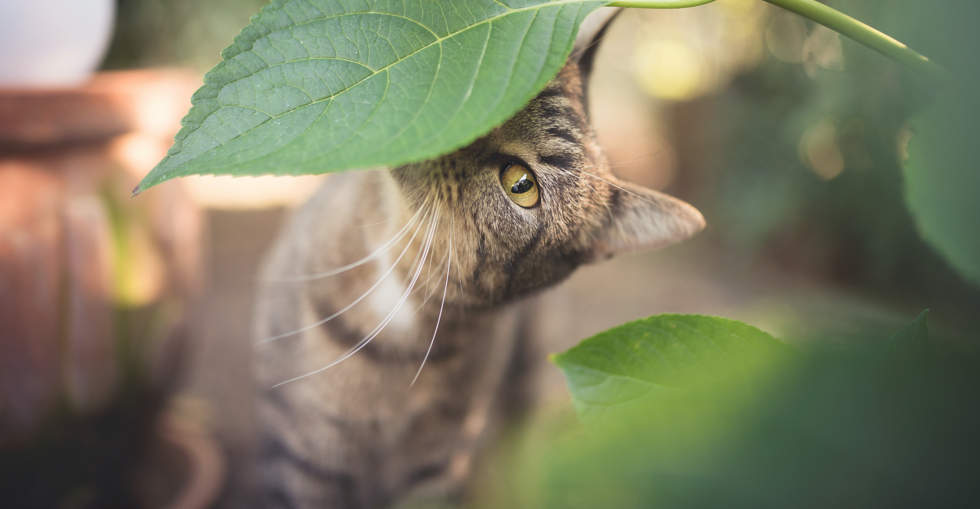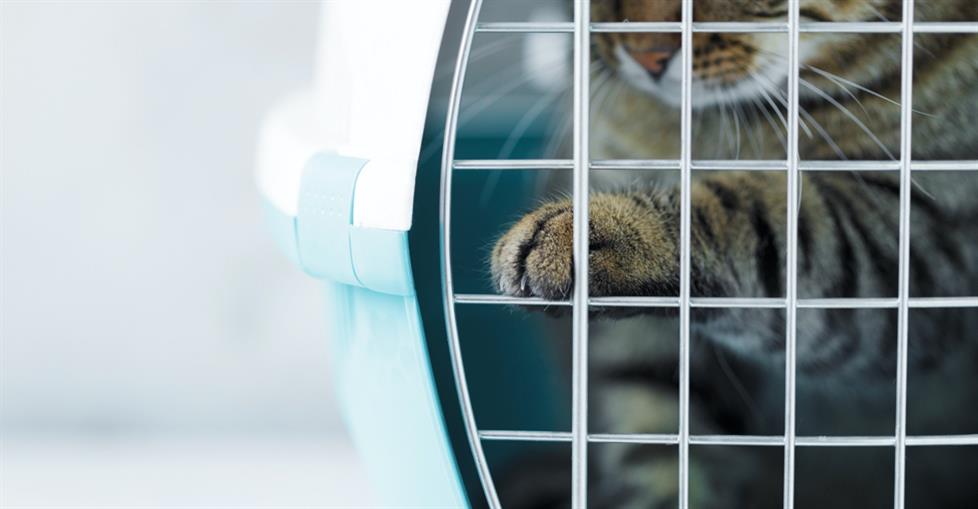Running a cattery comes with its own unique set of rewards and challenges. Let’s take a look at what’s involved in establishing a successful cattery business.
The business model
Running a cattery will involve the following daily tasks:
- Cleaning the occupied units
- Preparing and delivering all meals
- Administering applicable medication
- Grooming and interacting with the cats
- Scrubbing and disinfecting units between boarders
- Updating daily records and organising paperwork
- Greeting new arrivals
- Handling departures
- Overseeing general cleaning
In addition to these daily tasks, you will also be responsible for hiring, training, and managing staff; ordering all necessary food and supplies; and maintaining the overall appearance of the cattery and outside play area.

You will also need to engage in bookkeeping or hire a specialist to help keep your records clean and organised.
Not only will you need to keep adequate records for the purposes of budgeting and maintaining your cattery, but you will also need to keep detailed records about the cats in your care.
During the check-in process, be sure to obtain essential customer details including emergency contacts and preferred veterinary services as well as the cat’s insurance policy, inoculation history, health issues, dietary needs, medication, and any other pertinent information.
Trends
The more personalised care you can provide, the better. Successful catteries do more than just offer a clean place for a cat to sleep. They cater to each cat by offering all the comforts of home in a luxurious environment.

Pet owners want to have peace of mind, knowing that their cat is being loved and cared for in a safe and clean atmosphere. Send regular updates and photos to reassure them that their cat is content and safe.
Maintenance
Design your cattery so that it keeps cats separated in individual housing areas. A good cattery design will reduce the risk of the spread of disease and result in happier, healthier cats.
It’s extremely important that you don’t overcrowd your cattery and fill it beyond normal capacity. Not only does overcrowding increase feline and staff stress, but it also increases the likelihood of the transmission of infectious diseases.

You’ll need to know how to properly clean the facility and all equipment and supplies to provide a hygienic, inviting atmosphere. In addition, you should carefully evaluate the amount of staff you will need and how many boarders you can safely accommodate at your cattery.
Keep in mind, the National Animal Control Association and the Humane Society suggest a minimum of 4 staff members for every 50 cats, but this is not including staff needed for grooming, outside playtime, laundry, food preparation and storage, and customer service.
Marketing strategy and growth opportunities
- Study the competition: Research your competition and study their services and prices. Then, decide what you can do to set your cattery apart.
- Network in the community: Network with local pet shops and veterinarians, and then work together to promote each other’s services.
- Focus on customer retention: Offer returning customers incentives and special rates for quiet times of the year so that you can run your cattery at full capacity year-round and not just during the busy holiday periods.
- Join various organisations: Establish a solid reputation in the industry by becoming a member of the Pet Industry Association of Australia and other similar organisations.
- Go digital: Design a user-friendly website and post regularly on multiple social media channels. Be sure to engage potential clients with compelling photos and videos as well as encouraging testimonials from happy customers.
Remember, your website and social media accounts can create a great first impression of your
cattery as they are often a customer’s initial interaction with your business.
Challenges in the cattery industry
- Occupancy levels: It can be challenging to run your cattery at full occupancy year-round, so successful owners evaluate their competition and then offer added perks to set their catteries apart and to drive business growth.
- Demanding schedule: This can be a demanding job with long hours and very little time off. It can be challenging to take holidays, and if you want to take a vacation, you’ll need to plan for it months in advance.
To offset these challenges, take the time to hire and train reliable staff that you can trust to represent you well if and when you do choose to take a much-needed vacation.
The road to success
The key to running a successful cattery is to understand what makes cats happy and safe. Be open and honest with potential clients and encourage them to tour your facility so that they can have confidence in the quality of care you provide.
Browse other businesses for sale in Australia if you want to extend your search.



